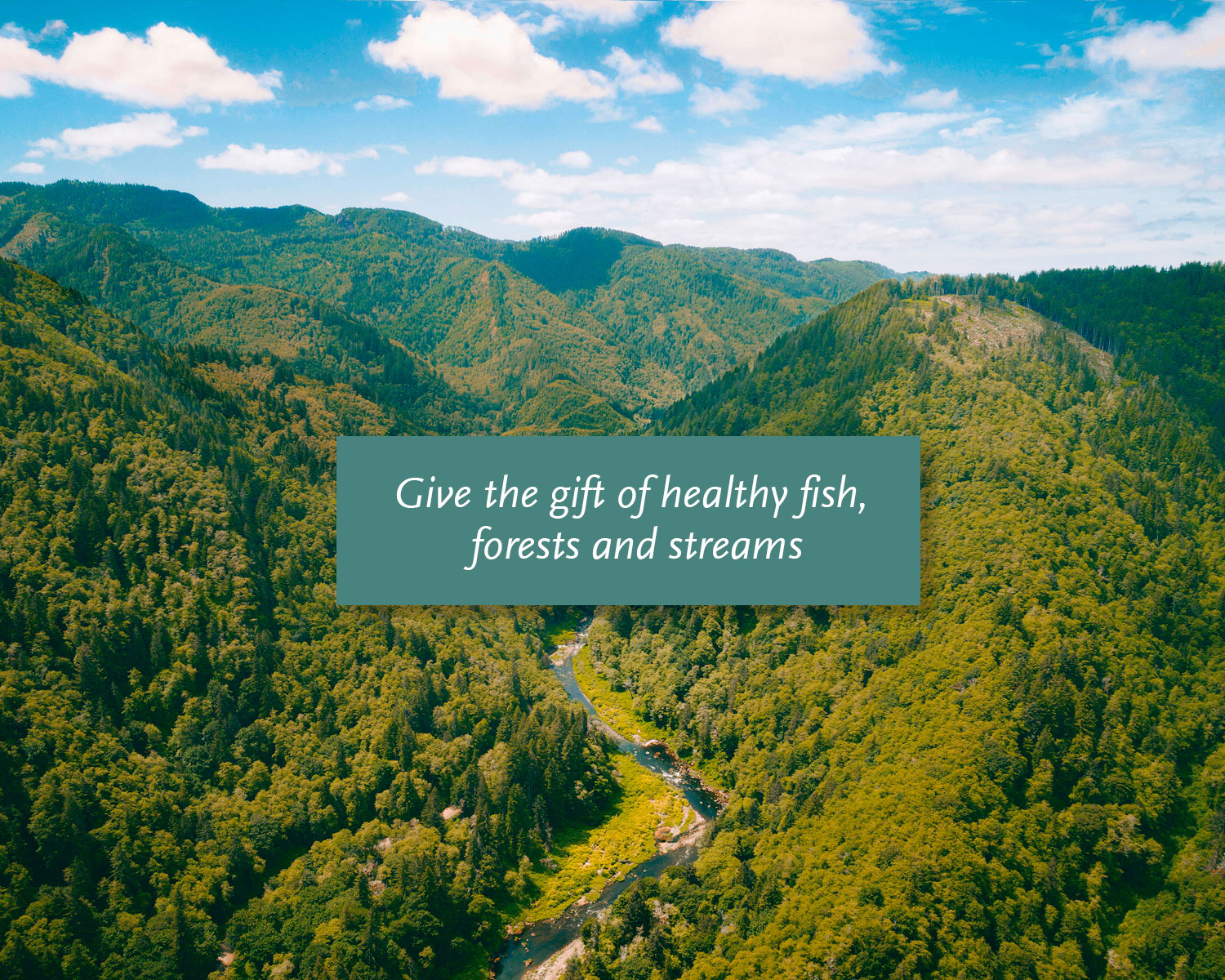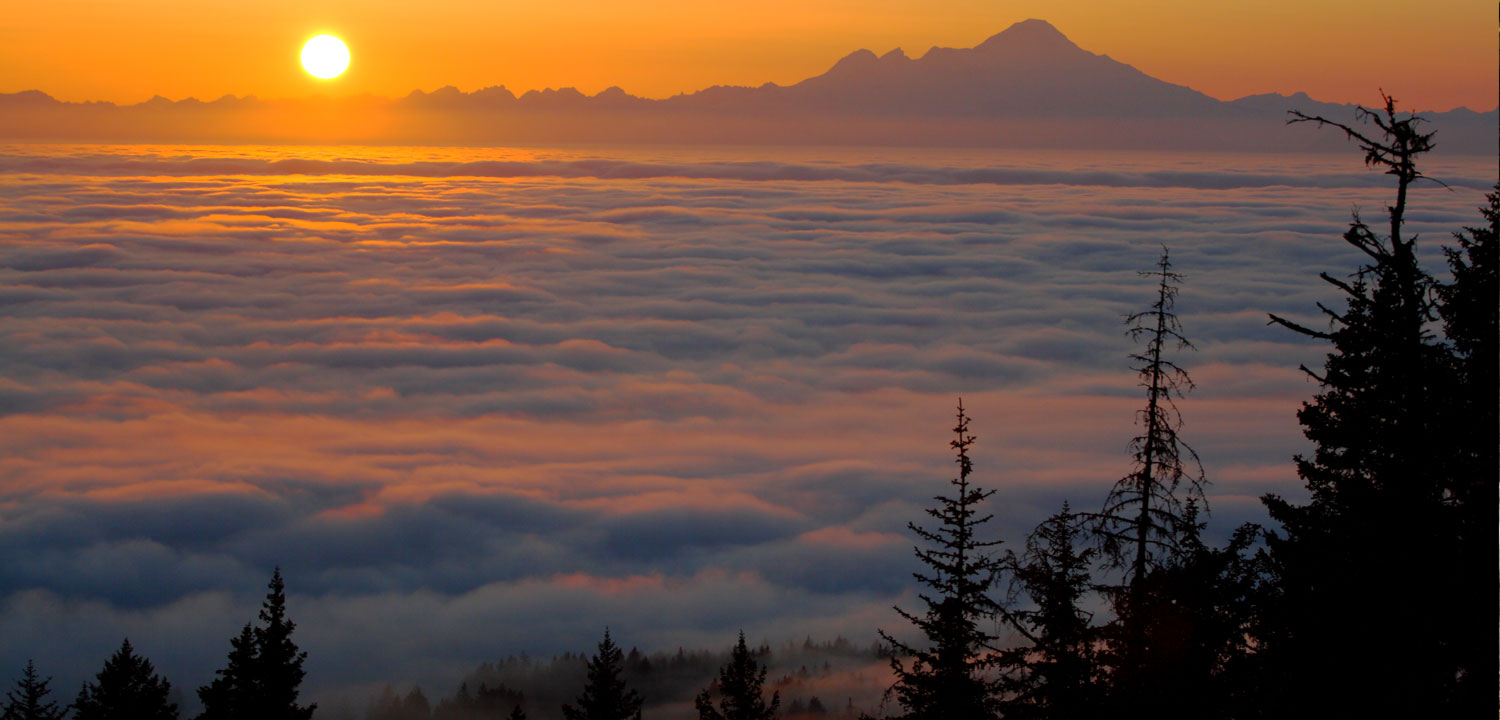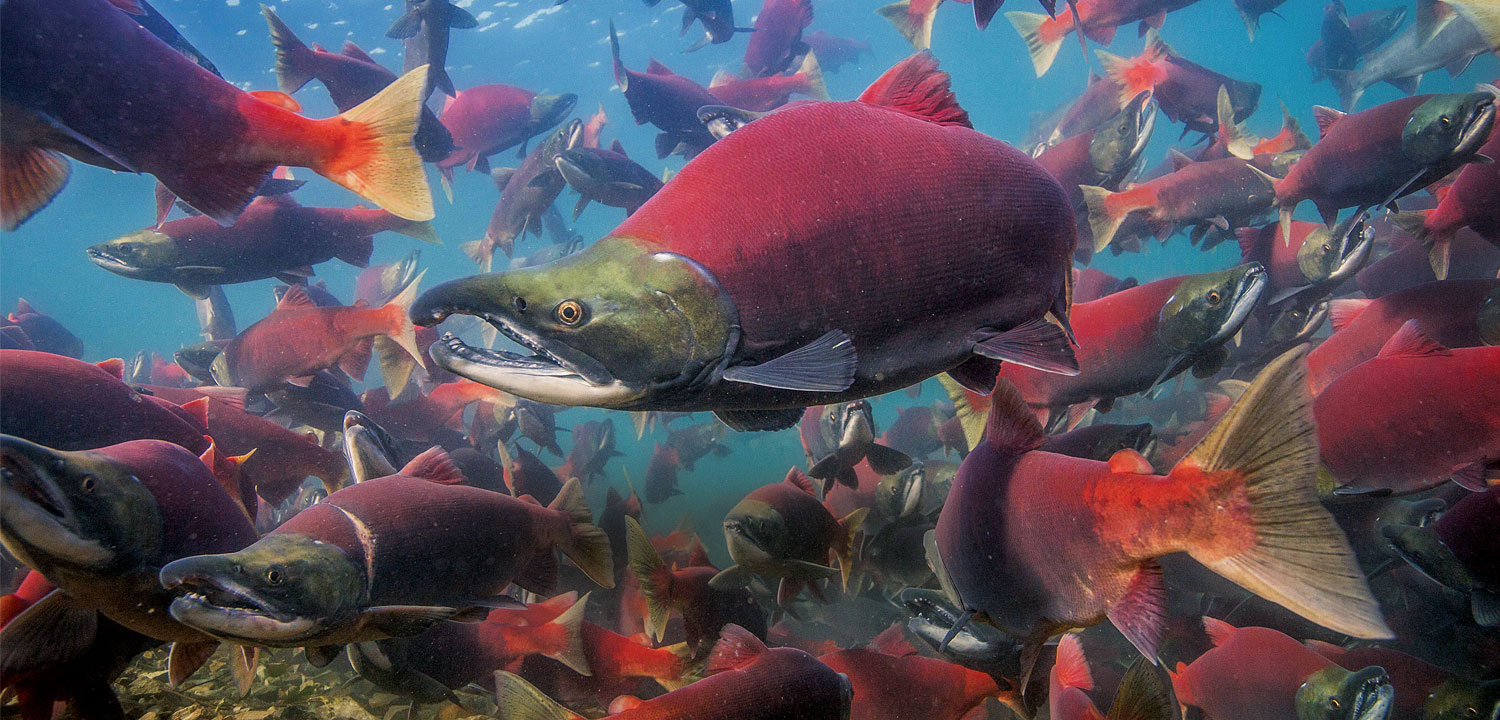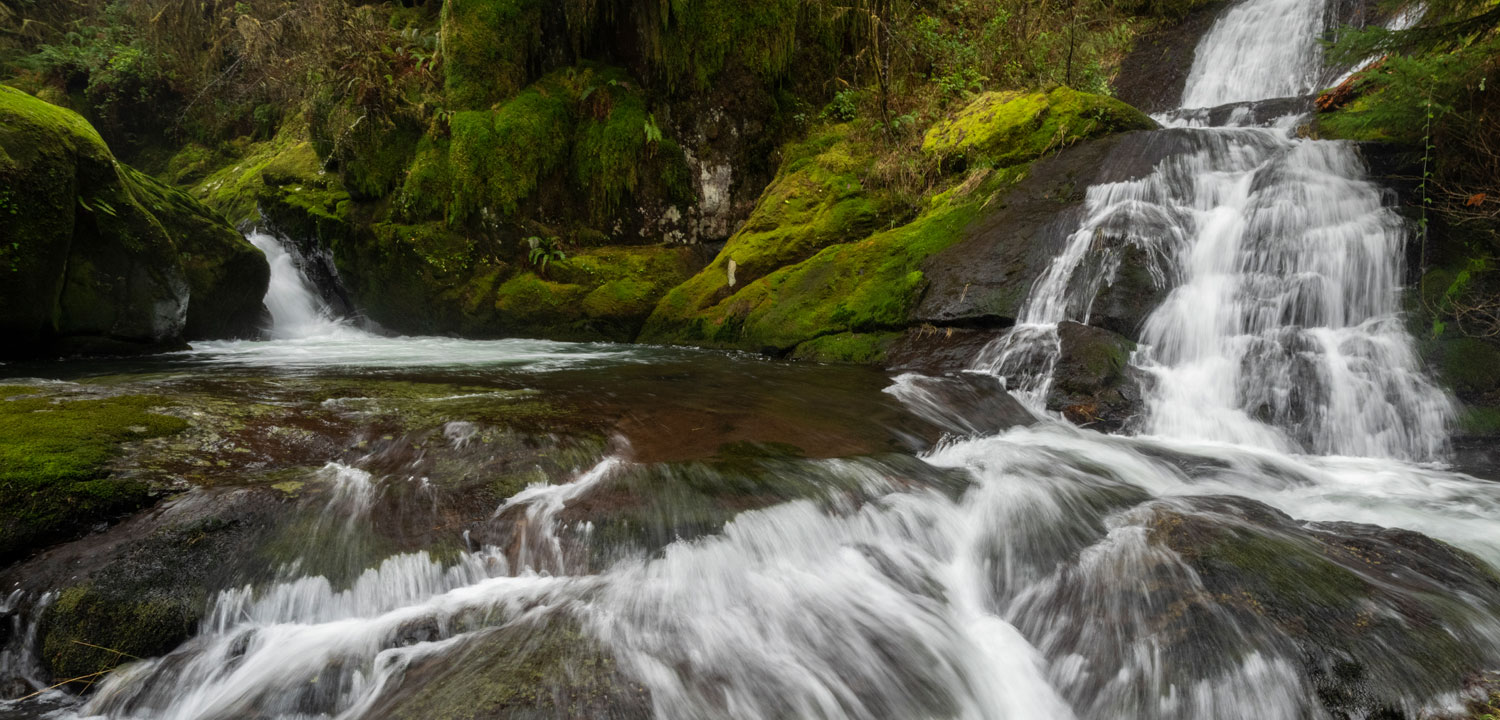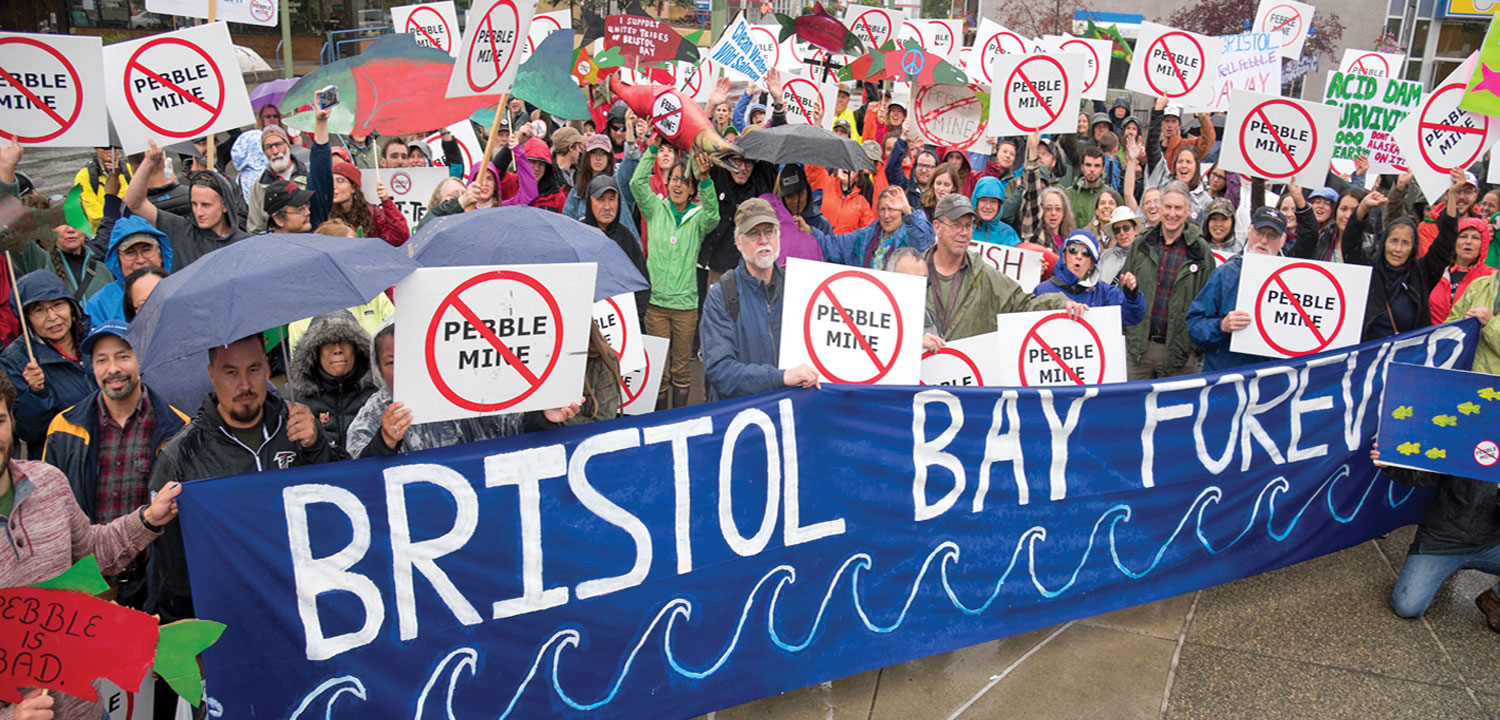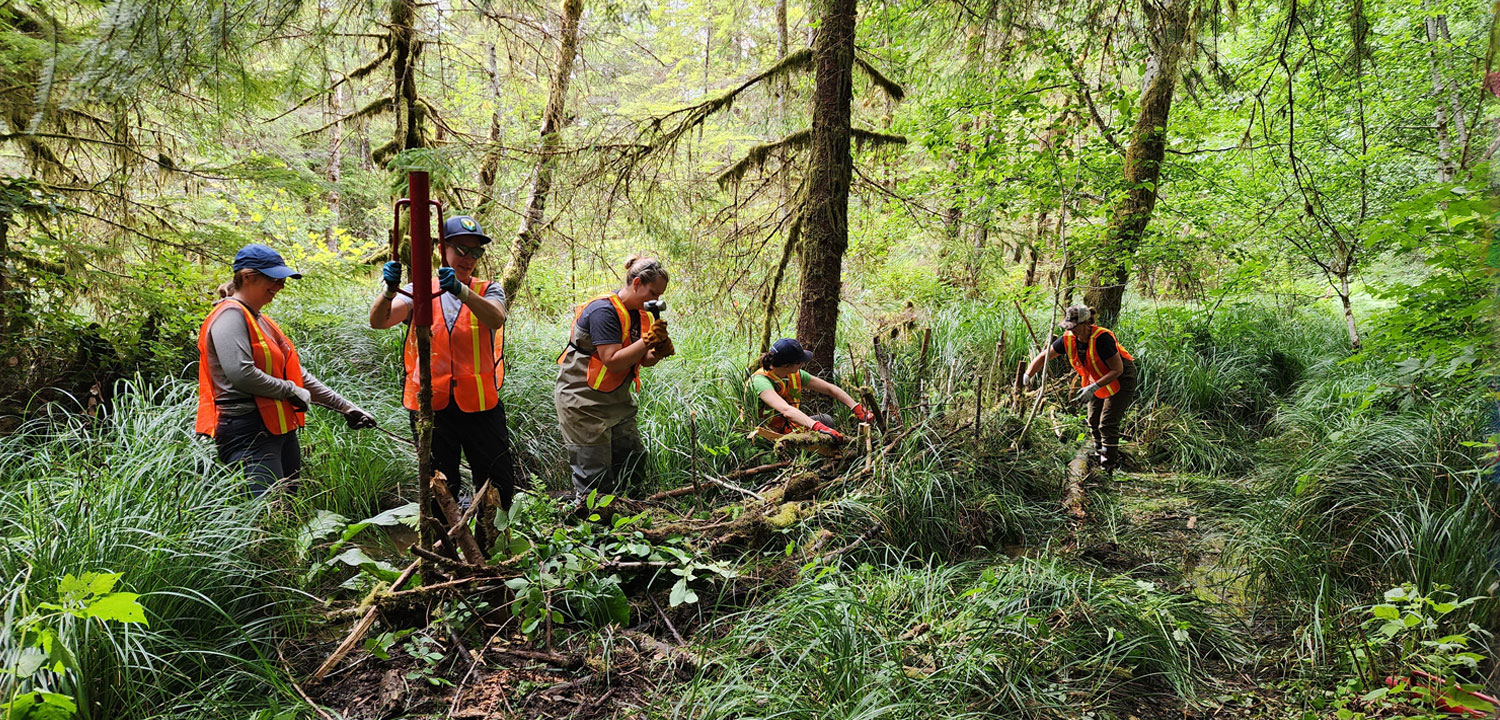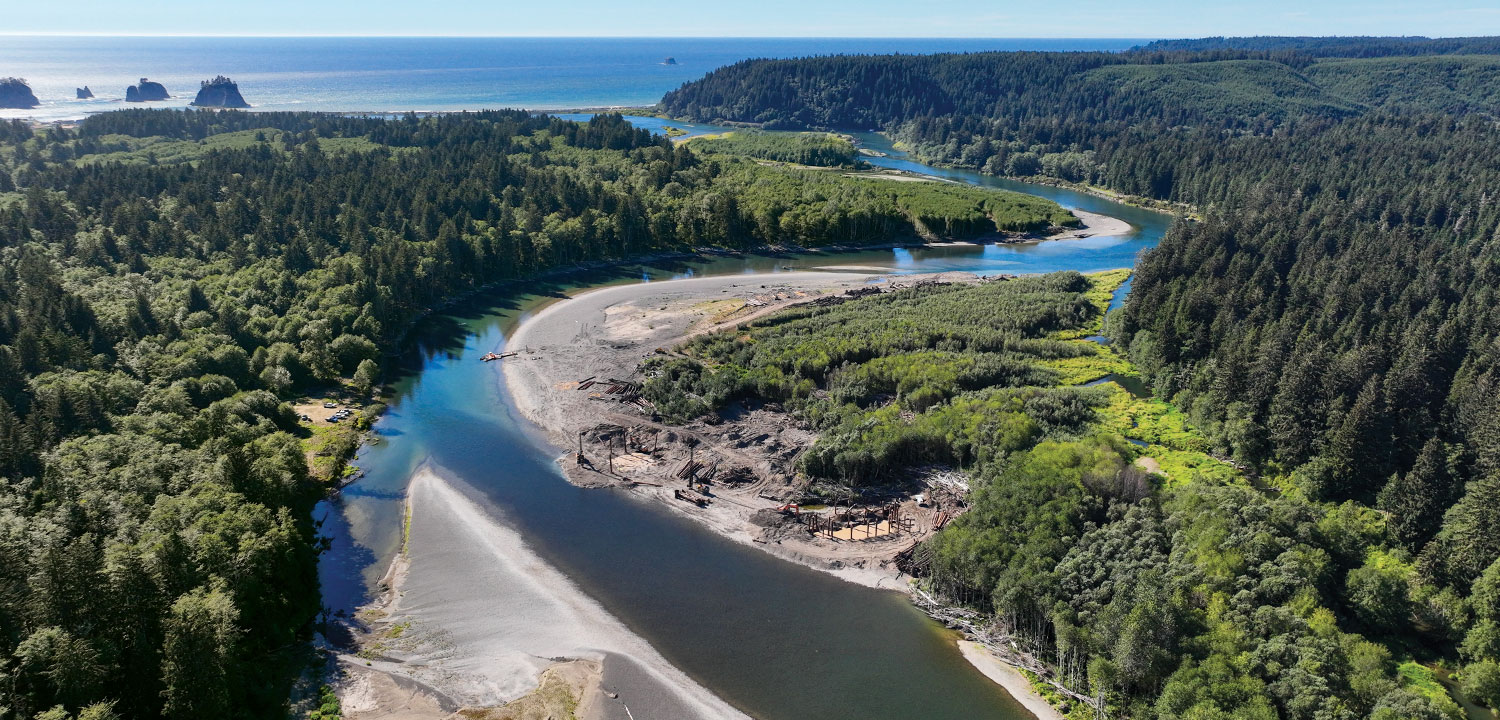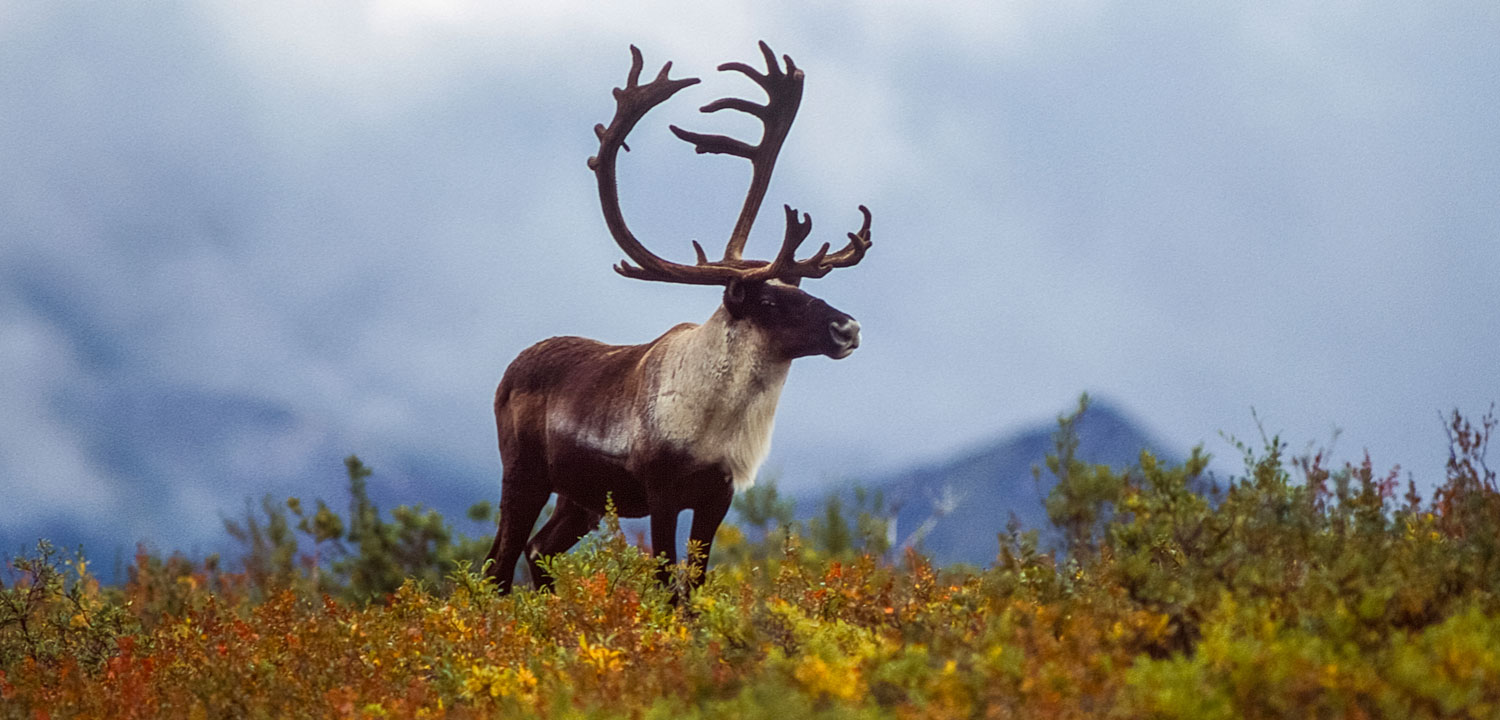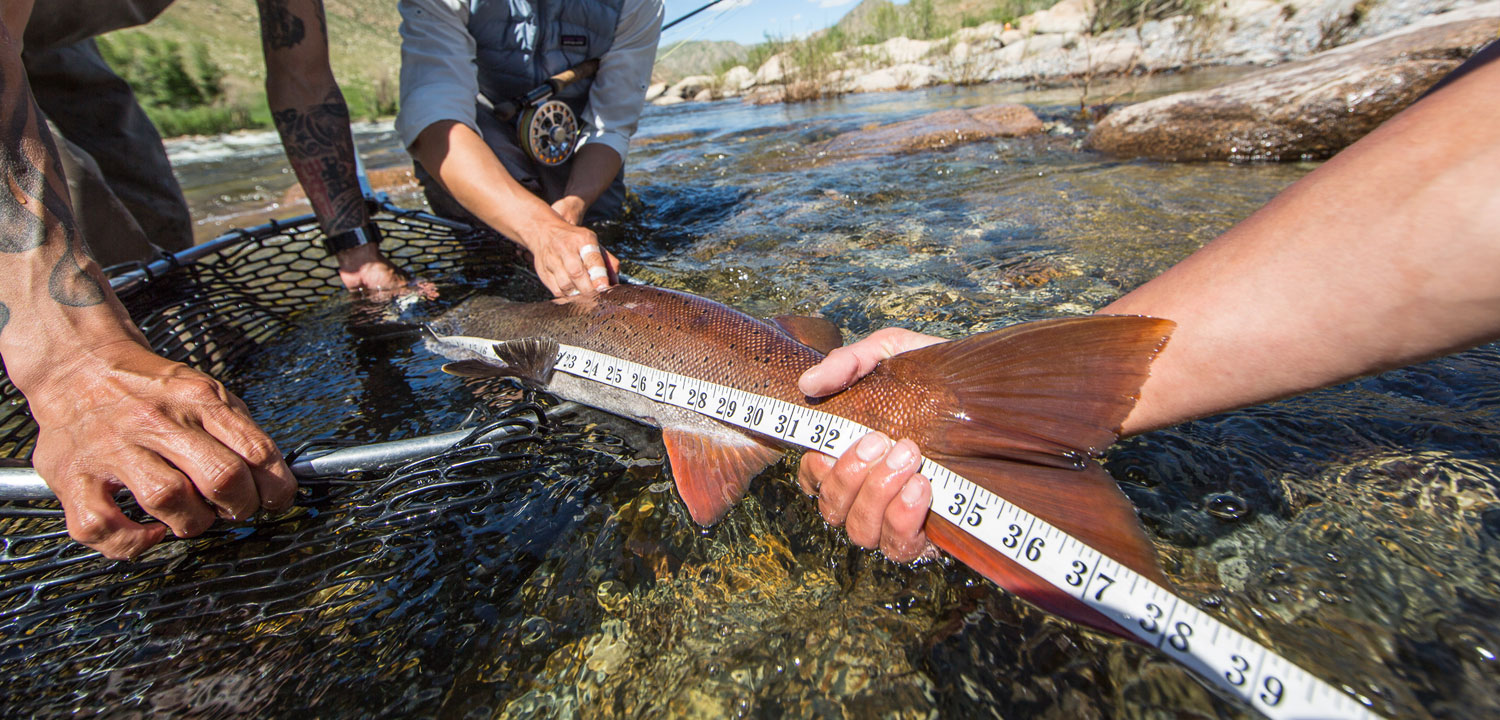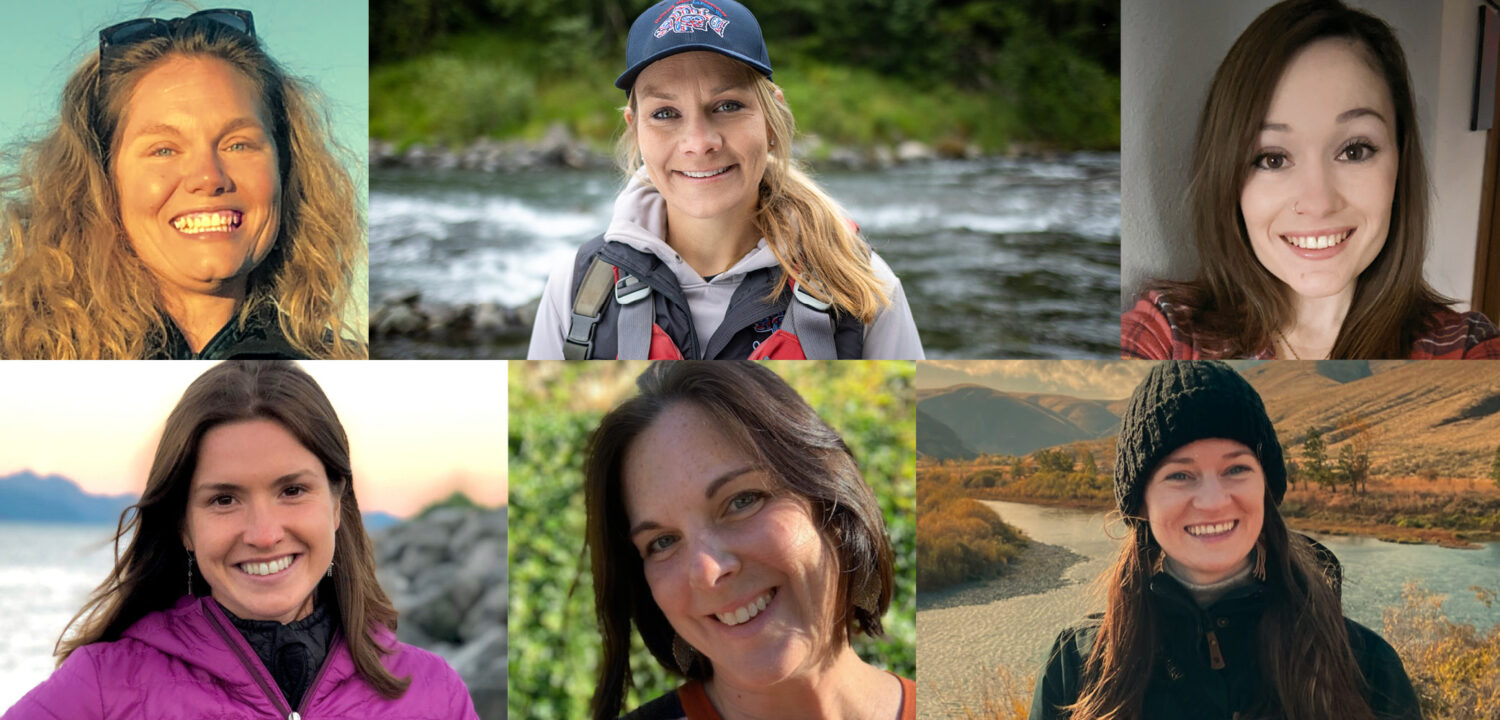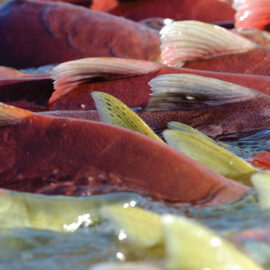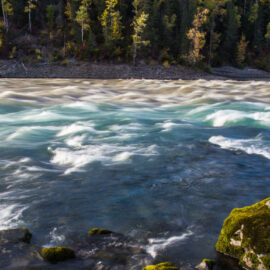The moments that make this one of the best years ever for Wild Salmon Center.
Wow. This was a year of epic victories and new challenges for all of us here at Wild Salmon Center. With our partners in Alaska and beyond, we stopped Pebble Mine in Bristol Bay; meanwhile, geopolitics forced us (for now) to suspend our Russia partnerships. All told, this year showed us that even in times of strife, wild salmon and steelhead can still bring us together across the North Pacific. From our high tech work with First Nations to a $174 million win for Oregon rivers, read on for why 2023 just might be our best year yet!
1) Victory for Bristol Bay, Alaska
In mid-February, WSC hosted a party with our Bristol Bay Defense Fund coalition partners here in our Portland office. With EPA’s final decision on Pebble Mine then just a few weeks out, let’s just say that the occasion called for celebration. The fact that Bristol Bay is now safe from the threat of this toxic mine owes so much to our amazing partners, from our valiant and unstoppable coalition leader Alannah Hurley of the United Tribes of Bristol Bay to our friends at the Natural Resources Defense Council, SalmonState, Arc Initiatives, the Alaska Venture Fund, Commercial Fishermen for Bristol Bay, the Native American Rights Fund, Business of Bristol Bay, Cassidy & Associates, and True Blue Strategies. LONG LIVE BRISTOL BAY!
2) Salmon Vision Steals the Show in B.C.
In October, WSC Senior Watershed Scientist Dr. Will Atlas along with First Nations partners and others officially debuted “Salmon Vision,” a first-of-its-kind artificial intelligence tool piloted on First Nations fish weirs on the British Columbia Central Coast. International media picked up the story of how this Indigenous-led automated fish counting and identification technology—with promising early results published in Frontiers in Marine Science—could be a game-changer for salmon managers across the Pacific Rim.
3) The Klamath Dams are Coming Down
As of November, work to tear down Copco No. 2—the first of four Klamath River dams scheduled for removal near the Oregon/California border—was officially complete, bringing this historic salmon system one step closer to flowing freely for the first time in a century. By November 2024, all four dams are scheduled to be fully out: the largest dam removal ever. But our work is just getting started. In 2024 and beyond, WSC scientists will be lending a hand to partners including the Karuk Tribe on an ambitious plan to recover Chinook salmon in the Klamath Basin.
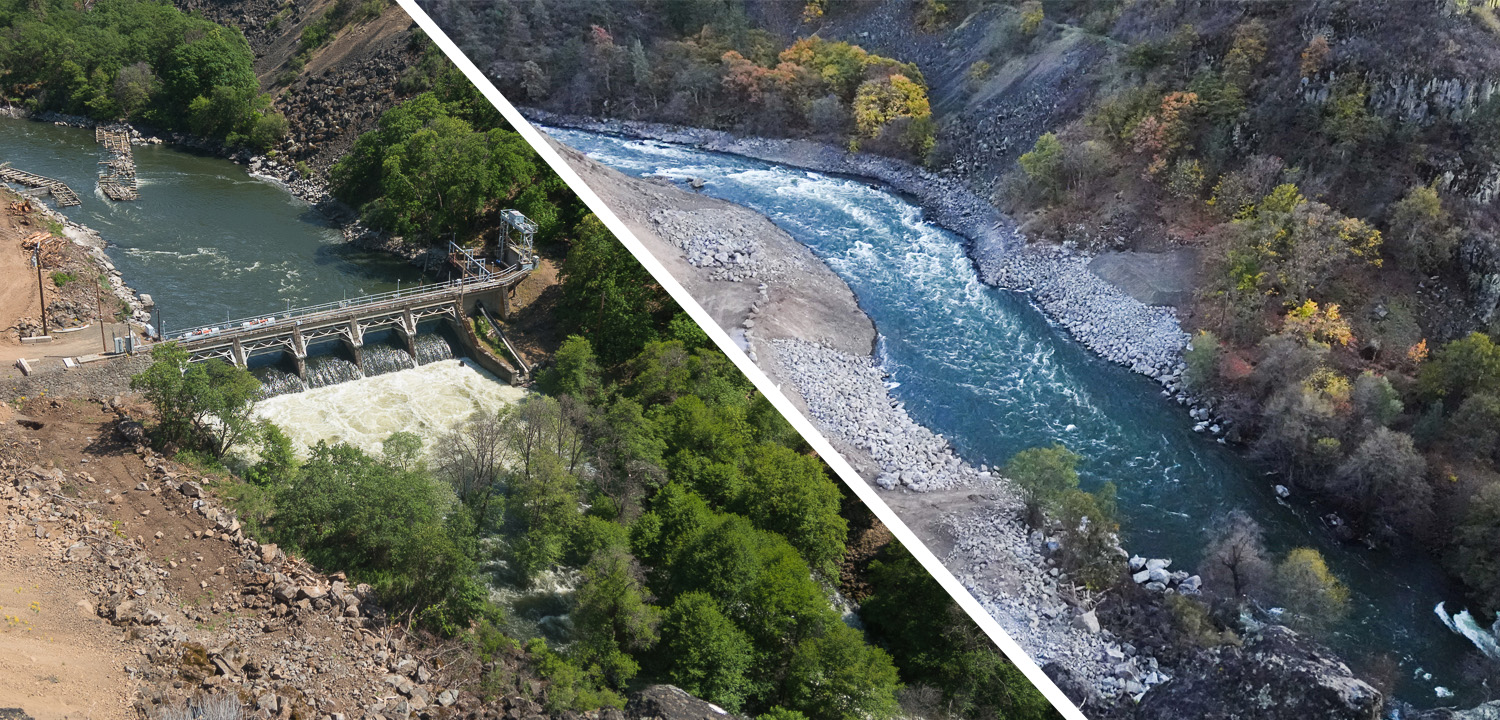
4) $174 Million For Oregon’s Water Future
In August, the Oregon State Legislature allocated a whopping $174 million for drought resiliency and water security funding, including tens of millions of dollars for programs and projects that improve stream flow and reconnect rivers. This unprecedented investment in Oregon’s water future is due in no small part to the sustained advocacy of the Oregon Water Partnership: a WSC-convened coalition of seven statewide conservation groups. “There’s a lot we can’t control out there,” says Caylin Barter, WSC’s Oregon Water Policy Senior Program Manager, “but there are obvious and achievable ways we can do a better job of protecting our home waters.” (Watch Barter explain how in our short video “Finding Flow.”)
5) 12,000+ Action Takers
From thanking the U.S. Environmental Protection Agency for saving Bristol Bay to closing loopholes for Oregon water rights violators, you really spoke up for wild salmon in 2023! Year after year, we count on the WSC community to take action for wild fish, our home watersheds, and the wide-ranging benefits they provide. Salmon are a keystone species, but you, our community activists, are key to why we’ll make sure these species thrive.
6) $22 Million for Pacific Northwest Restoration
Our program staff and grants team worked overtime this year to fund an astonishing number of shovel-ready restoration projects across the Pacific Northwest. This year we secured more than $8 million in Oregon grant commitments from NOAA and the National Fish & Wildlife Foundation, and nearly $14 million for Washington projects from NOAA, NFWF, and Washington State’s Recreation and Conservation Office. These funds will support coastal jobs, repair ecosystems, and help revitalize fisheries that have sustained people here for millennia.
7) Tribal Partnerships on the Olympic Peninsula
Tribal partnerships are key to protecting and restoring salmon stronghold habitats. With historic levels of federal infrastructure funding flowing into salmon restoration, we’re thrilled to be working alongside a growing number of Tribal partners on the Olympic Peninsula, including the Quileute, Hoh, and Makah Tribes, and the Quinault Indian Nation. Together, we’re rapidly scaling our work to correct culverts, decommission failing roads, and expand climate-resilient habitat for steelhead, Chinook, coho, and other wild salmonids—like threatened Lake Ozette sockeye.
8) A 28-Million-Acre Chance to Save Alaska Public Lands
WSC and our partners have launched a campaign to seize a once-in-a-lifetime shot to protect 28 million acres of Alaska public lands: some of the largest intact landscapes left on Earth. These salmon-rich federal lands are located across the state: in the Bristol Bay, Bering Sea Western Interior, East Alaska, Kobuk Seward, and the Ring of Fire regions. And they’re under threat: pending public land orders from the last days of the Trump Administration would open these lands to extractive industrial development. In 2022, the Biden Administration decided to take a closer look at these orders. Now our chance to speak up is here, as the Bureau of Land Management opens a review and public comment period.
9) The International Taimen Initiative Kicks Off
In May, many of the world’s top taimen experts gathered in Hokkaido for the first in-person meeting of the WSC-convened International Taimen Initiative. Taimen are the planet’s largest salmonids, but comparatively little is known about this ancient group of species. Our kick-off meeting in Hokkaido brought together members of the IUCN Salmonid Specialist Group and partners in Japan, the Russian Far East, and Mongolia. Through the scientific collaboration that the ITI aims to foster, we hope to develop new strategies to protect these fascinating and increasingly imperiled species. (Travel to some of the world’s most remote taimen strongholds with WSC CEO & President Guido Rahr in our film “River Tigers.”)
10) Stand Tall Oregon Steps Up
By September, our three-month-old Stand Tall Oregon campaign already had more than 6,400 sign-ons from Oregonians ready to support a 70-year habitat conservation plan for more than 500,000 acres of Western Oregon state forests. That’s a groundswell of new support for clean water and healthy fish and wildlife habitat on these cherished public lands. Strength in numbers is how we’ll counter relentless pressure by the timber industry and its allies to weaken and delay this legacy plan for Oregon state forests, now less than a year away from likely federal approval.
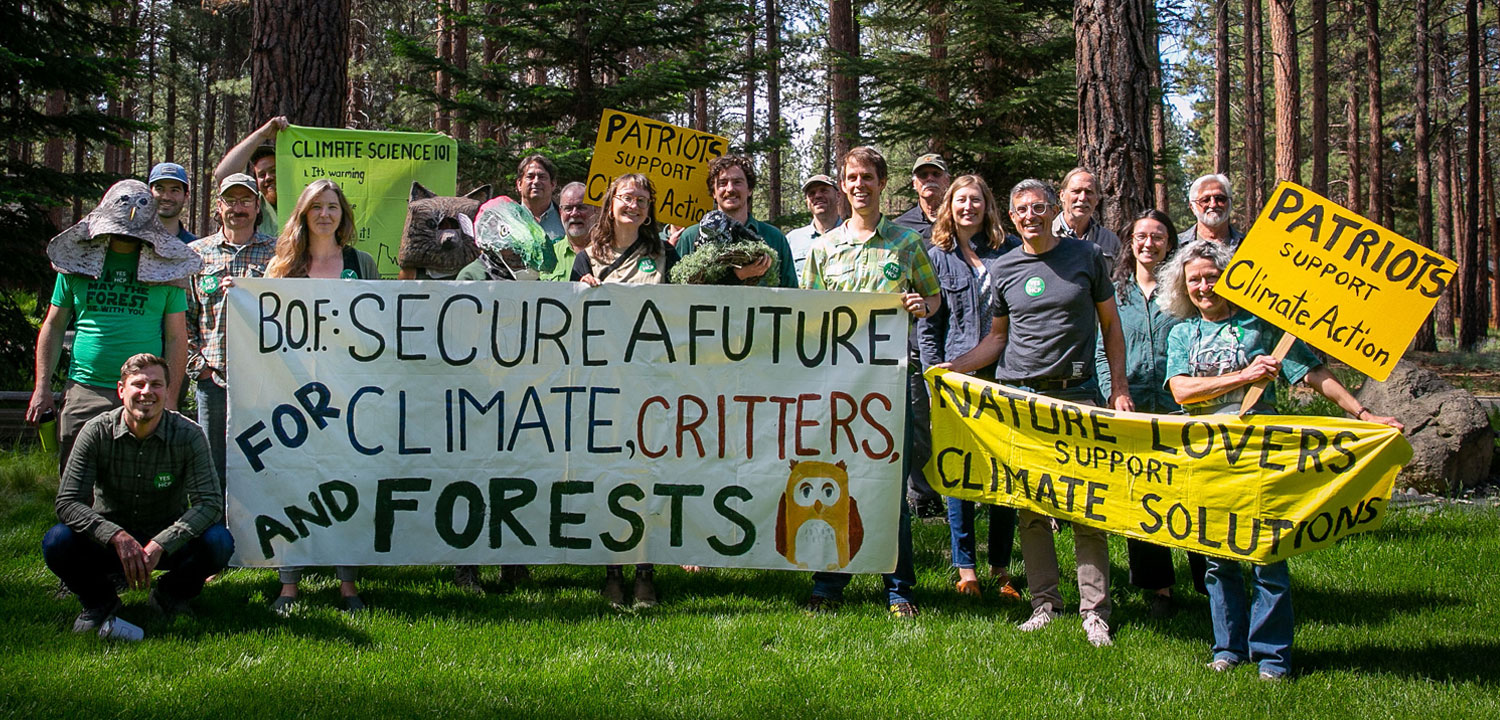
11) Amazing New Team Members
This year, the WSC welcome wagon was open 24/7, as we onboarded eight incredibly talented professionals to our team. We’re thrilled to have the smarts and skills of Science Intern Luke Brockman, Grants Coordinator Sheila Hanson, Human Resources Assistant Annie Kleffner, Government Grants Manager Jordan McCauley, Photo Library Intern Griffin Morse, Olympic Peninsula Fish Habitat Specialist Nicole Rasmussen (meet Nicole here), Alaska Campaign & Outreach Manager Morgan Urquia, and Staff Accountant Mariah Williams. Our 2023 gratitudes list wouldn’t be complete without you.
12) More Live Time With You!
With growth comes opportunity, and in 2023, we seized every chance to interface and celebrate with you, the greater Wild Salmon Center community. This year, we hosted more events than ever. You might have celebrated with us at SalmonFest 2023 in Ninilchik, Alaska, packed the crowd at our sold-out screening of The Lost Salmon in Seattle, or rallied for state forests on Oregon’s North Coast. And we’re just getting started! 2024 will bring even more opportunities for all of us to gather, learn, laugh, and grow our powerful base for wild salmon action.
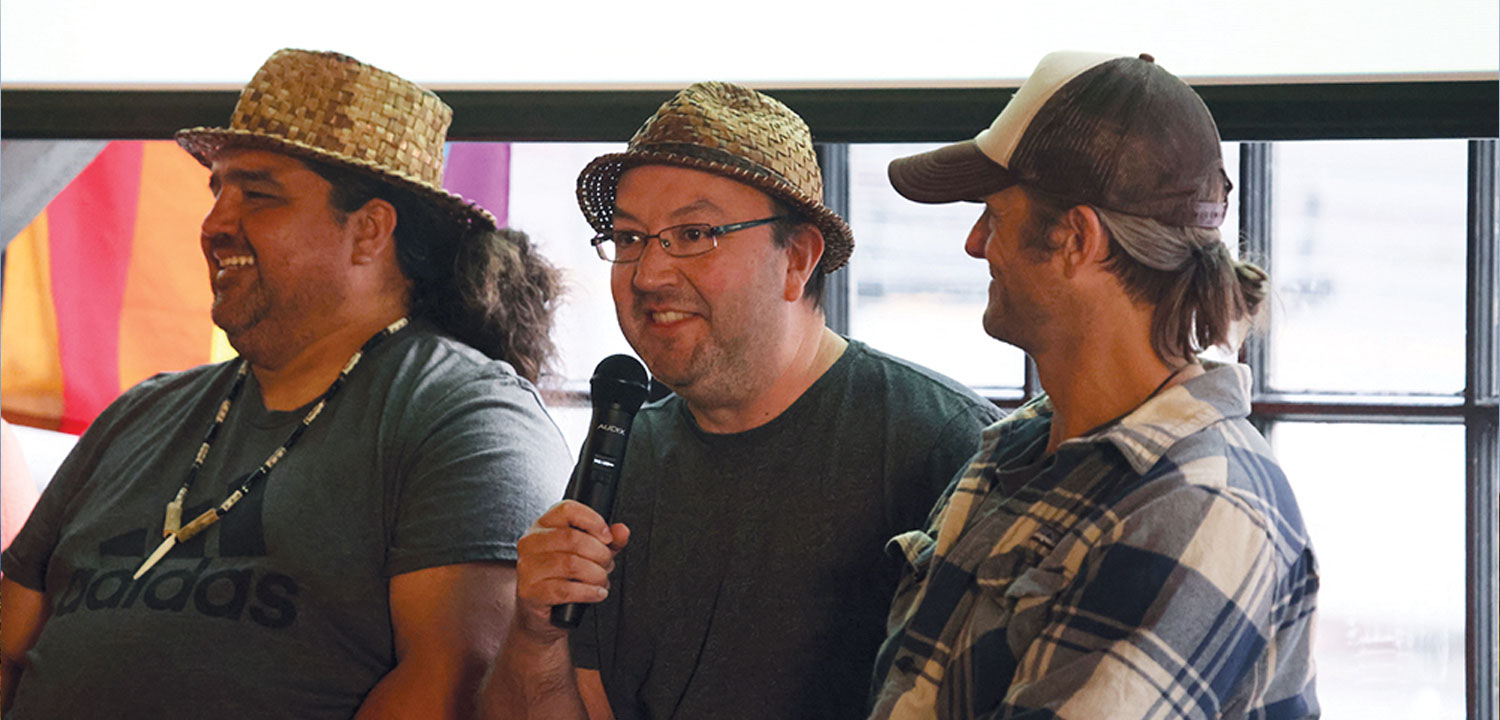
Thanks for being on our team this year. If you haven’t yet had a chance to contribute to Wild Salmon Center, it’s never too late.
